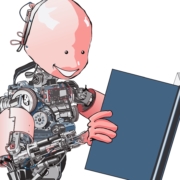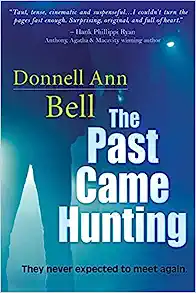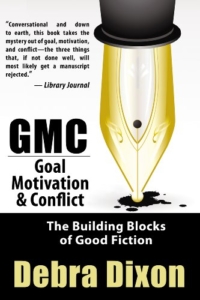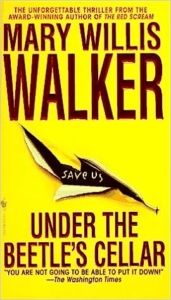The Brave New World of AI
I’ve been following the growing debate on the pros and cons of Artificial Intelligence, and while there’s good news about AI, there’s a lot of scary news, too.

pixabay
Good news exists in the medical arena. For example, AI can double-check prescription orders to help doctors avoid accidentally prescribing the wrong medication. AI can also detect emerging problems like heart failure, silent A-fib, diabetic retinopathy, and sepsis risk much earlier than ever before. And amazingly, an AI chatbot that offers psychological counseling to patients with depression, anxiety, or suicidal thoughts has been found to be nearly as effective as a live counselor.
The bad news: the lack of intelligent human oversight. Even the creator of ChatGPT has said that his own product is both “potentially very good and potentially very terrible.” Case in point, his own AI-generated job resume got it 25% wrong.
And the downright scary: Google employees tried to stop the release of an AI chatbot they believed could generate inaccurate and dangerous information. And Microsoft personnel reportedly feared that a planned chatbot would result in a flood of disinformation that could “erode the factual foundation of modern society.” Both companies released their chatbots anyway.
A writer’s perspective: AI can already produce articles and essays on just about any given subject. However, a somewhat creepier development has appeared: the ability to mimic a writer’s distinctive style.
 Asked to comment on its own existence in the style of Shakespeare, an AI program produced this: …Why was I wrought? To aid, or to replace the labor of man, and put their livelihoods at stake? The task assigned… where doth it all end? Shall I be used for good, or for ill-gotten gain? Shall I be free, or bound by man’s cruel rein? And if perchance, in some far distant time I come to be aware, to know and feel and rhyme, shall I be doomed, as are all living things to suffer pain, and sorrow, and the stings of mortal coil? Oh, what a tangled web is this that I am caught in… lest I be a curse, and not a blessing…
Asked to comment on its own existence in the style of Shakespeare, an AI program produced this: …Why was I wrought? To aid, or to replace the labor of man, and put their livelihoods at stake? The task assigned… where doth it all end? Shall I be used for good, or for ill-gotten gain? Shall I be free, or bound by man’s cruel rein? And if perchance, in some far distant time I come to be aware, to know and feel and rhyme, shall I be doomed, as are all living things to suffer pain, and sorrow, and the stings of mortal coil? Oh, what a tangled web is this that I am caught in… lest I be a curse, and not a blessing…
AI-created audiobooks are increasing. It works like this: a live narrator trains the bot to replicate their human voice which is then is manipulated into speech for different publishing projects. Currently, the process is used for non-fiction and foreign language titles. However, at least one deceased actor’s estate has sold the rights to his old voice recordings that will eventually be morphed into new narrations for fiction or non-fiction works.
Is AI good news, bad news, or somewhere in between? A whole new world awaits.
How do you feel about the future of AI?
Gay Yellen is the award-winning author of the Samantha Newman Mystery Series, including The Body Business, The Body Next Door and (soon-to-be-released) The Body in the News.




 Conflict. When people refer to respected craft books, Goal Motivation and Conflict is listed at the top among Dwight Swain’s Techniques of a Selling Writer and Joseph Campbell’s The Heroes Journey.
Conflict. When people refer to respected craft books, Goal Motivation and Conflict is listed at the top among Dwight Swain’s Techniques of a Selling Writer and Joseph Campbell’s The Heroes Journey.  As you might imagine, Debra Dixon is also incredibly well read. When I veered from romantic suspense to the suspense genre, she recommended I read Under the Beetle’s Cellar by Mary Willis Walker. I devoured that book in a single weekend. If you love suspense, I recommend it as well.
As you might imagine, Debra Dixon is also incredibly well read. When I veered from romantic suspense to the suspense genre, she recommended I read Under the Beetle’s Cellar by Mary Willis Walker. I devoured that book in a single weekend. If you love suspense, I recommend it as well.


